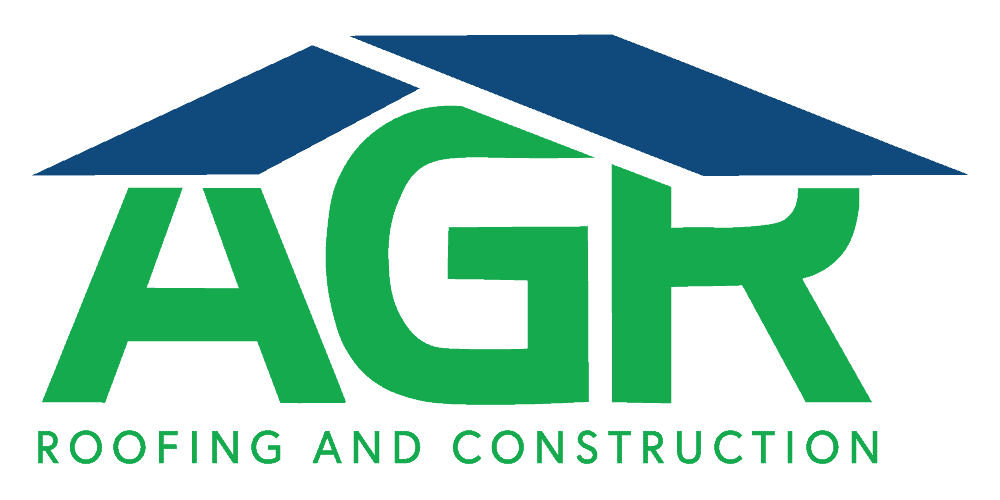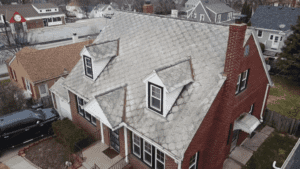Homeowners insurance is one of the most valuable investments you’ll make when buying your first home. You’ve put a lot of hard work and money into the purchase of a home, and now you need to have insurance to help protect it from “what if” situations like fires, theft, or vandalism. There’s no way to know when a hailstorm could damage your home’s roof or when someone trips and falls, causing significant injury, and you become liable for those bills. Yet, home insurance protects you in these situations.
What is home insurance, and what do you need to know about it?
How Home Insurance Works
Home insurance provides financial protection if a covered incident, called a peril, occurs. Most policies will define what is and is not covered, the amount of coverage you have in a dollar amount and the limitations or exclusions of the policy.
Most policies have several key components, each of which is vitally important in protecting you from the many risks that exist today.
Structure coverage
The structure coverage component of home insurance is the actual house itself. This type of component of the policy covers perils that impact the structure, such as a fire that strikes after a lightning strike. It should provide coverage for all attached components of the home, such as a garage. If your home has a garage that’s not connected to the structure or has other outbuildings, those need to be listed separately but also included on your homeowner’s insurance policy.
Contents
The contents component of your home insurance is a description of the coverage for your personal belongings or items that are commonly found within the home. Sometimes contents coverage has a per-item dollar limit. For example, it may cover items up to $1,000 in value on their own. If you have items that are valued beyond this, they should be listed specifically in the policy. That helps make sure they maintain coverage.
Liability insurance
Homeowners could be held liable if someone suffers injury on their property. This type of insurance covers claims made against you or your property. It may include incidents like falls that cause injury or if your dog bites the neighbor.
Loss of use
There are times when the structure suffers damage that is so significant that you cannot live there while the work of repairing it is done. That type of loss falls under the loss of use or additional living expenses coverage. It may help to cover the cost of renting a home while your home is being repaired, as well as the cost of meals, the cost of doing laundry, and other costs related to your need to relocate during repairs. Most of the time, your loss of use coverage will be about 20% of the cost of your dwelling coverage.
Medical payments
Some types of home insurance include medical payments paid to others. This does not protect you, as the homeowner, or those living in the home from risk. Rather, it helps to cover certain types and amounts of medical bills.
What Do Home Insurance Policies Cover?
When purchasing home insurance, you’ll need to review the details of the policy to fully understand what is included and what is excluded. Work with your insurance agent to make sure you have a good understanding of what this is, as it can impact the value of the policy and how well it works to protect your needs.
Below is some guidance, but policies can vary. That means you need to carefully consider your specific policy.
What’s typically included in a home insurance policy
Most home insurance policies (called HO-3 policies) will include coverage for the following:
- Damage to the structure of personal property from fire or lightning
- Windstorm damage, including from tornadoes and hurricanes
- Damage from storms, such as hail
- Falling objects (like tree branches striking the roof as long as it is not a maintenance issue)
- Explosions
- Riot or civil commotion
- Smoke damage
- Theft
- Vandalism
- Ice, snow, and sleet damage (such as from the weight of it)
- Freezing to main systems in the home, like your plumbing
Some policies are comprehensive. That means they cover just about any type of claim except for things specifically mentioned in the policy. Others are very specific about coverage that is included and exclude everything else.

What’s typically not covered in a policy
Home insurance policies typically have protections to limit claims, some of which include:
- Any damage brought on by poor maintenance or normal wear and tear
- Any damage inflicted by the property owner or those living there, such as vandalism
- Floors and earthquakes (this is dependent on where you live and whether you purchase a separate level of protection for these risks)
- International loss
- Earth movement-related loss
- General power failure
- Damage brought on by war
Exclusions are typically spelled out, but you shouldn’t guess here. For example, if your home floods from a nearby river overflowing, that’s likely not covered but could cost thousands of dollars in losses. Work with your insurance agent to ensure your policy properly represents your needs.

How Much Home Insurance Do You Need?
If you are buying your first home, the last thing you want to think about is anything bad happening to it, but that’s a reality that can happen to anyone. Having enough coverage for each of the valuable areas of home insurance protection is key. Here are some factors to keep in mind.
The Cost to Rebuild
When considering the amount of coverage to purchase, focus on the cost of rebuilding your home. This needs to be carefully considered over time since the cost of materials, and labor can rise far faster than many expect. Keep in mind that the cost to rebuild from the ground up typically costs much more than the value of your home if you bought it on the market. Work with your home insurance agent to ensure you know what it would cost to rebuild the structure in the event of a total loss.
The Deductible
The deductible on a home insurance policy is the amount of money you pay out of pocket in the event of a covered incident. Choose a figure that’s affordable for you to pay should there be a claim.
The deductible impacts the cost of your coverage. A higher deductible means there’s less risk to the home insurance company, which lowers the cost of coverage to you. A lower deductible means the insurance company is more likely to have to make payments, which increases the cost of coverage.
Liability
It’s quite important to work with your home insurance agent to determine the best fit for liability coverage. Determine what’s common in your area. Typically, this should be $300,000 or more, but it is very dependent on the claims made in your area year after year.
Personal Property
It’s wise to document your personal property. That means you’ll want to determine what value all of your belongings have. When possible, take a photo of the items or keep receipts for new purchases. The value of personal property should match what it would cost to replace all of your items. That could be $100,000 or more.
How Can You Save on Home Insurance?
The most important first step is to ensure you have enough insurance to cover any type of loss that is likely to occur in your home. Discuss the risks and types of claims others have in your area. That’s a good starting point for knowing what’s necessary. Then, consider these tips for lowering your costs.
- Choose a deductible that’s slightly higher but still affordable to you. That can help to reduce your overall costs year-over-year.
- Make your home safer with the use of a home security system, carbon and fire detectors, and sprinkler systems, which can help lower your costs.
- Bundle your home insurance with other insurance that protects you, like car insurance. This can reduce the overall costs.
A number of factors impact the cost of homeowners insurance. That includes things like:
- The risks within your area (if you live in a high-crime area or an area prone to flooding)
- Your credit score (a higher score could help you qualify for a lower rate)
- If you’ve filed numerous claims in the past for insurance coverage
- If you have a noted aggressive dog breed
- The presence of a swimming pool or other higher risk amenities on the property
- The state you live in
- The proximity to the fire department and fire hydrants
One key thing to remember when it comes to saving money on home insurance is that you must ensure you have enough coverage and that it covers the most common risks you are likely to face. That way, the policy is there to help you when there’s a need for it.
Home insurance isn’t often an option. Most mortgage lenders will require you to have a comprehensive home insurance policy as long as you have a long on your property. However, even after that, it can provide financial peace of mind for you for years to come.





